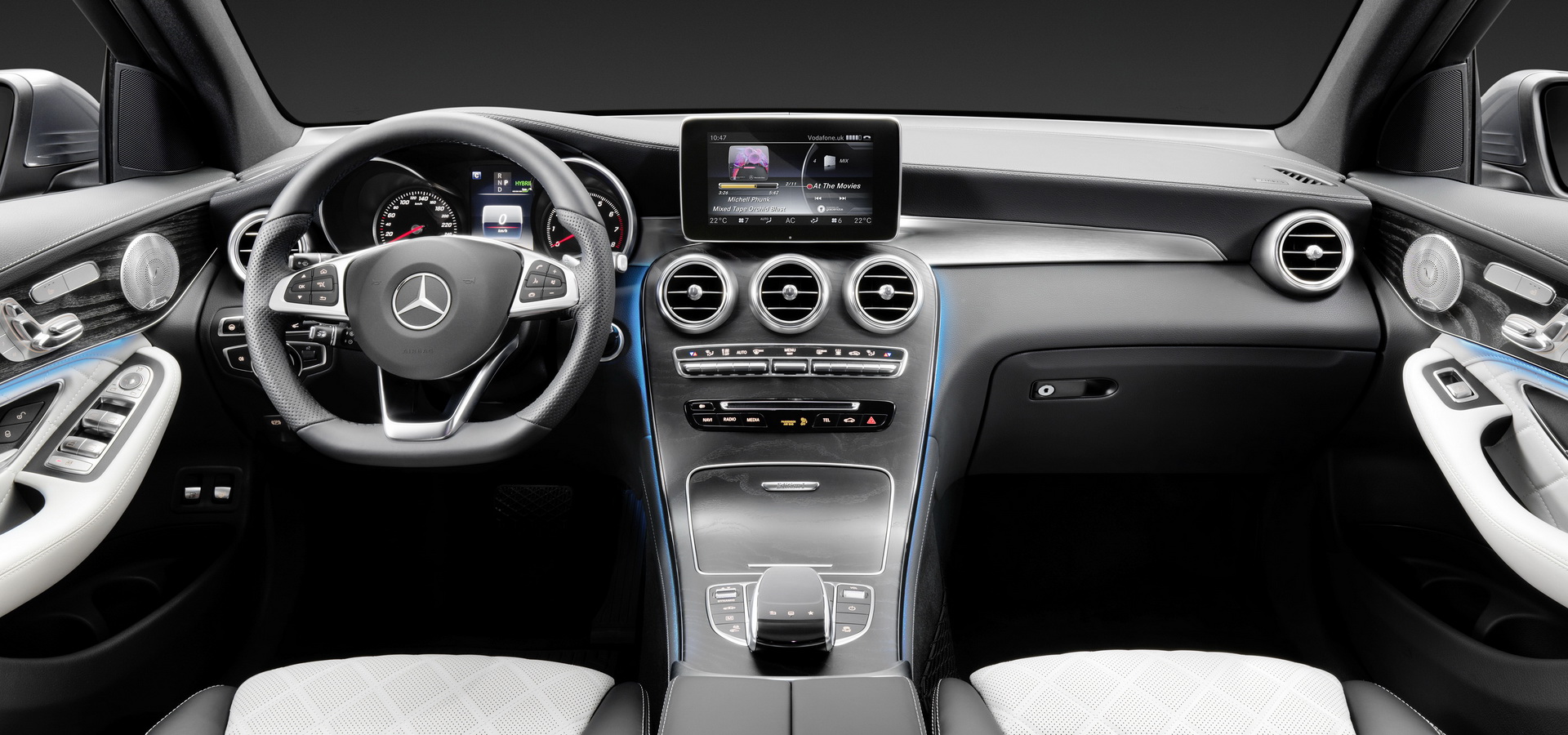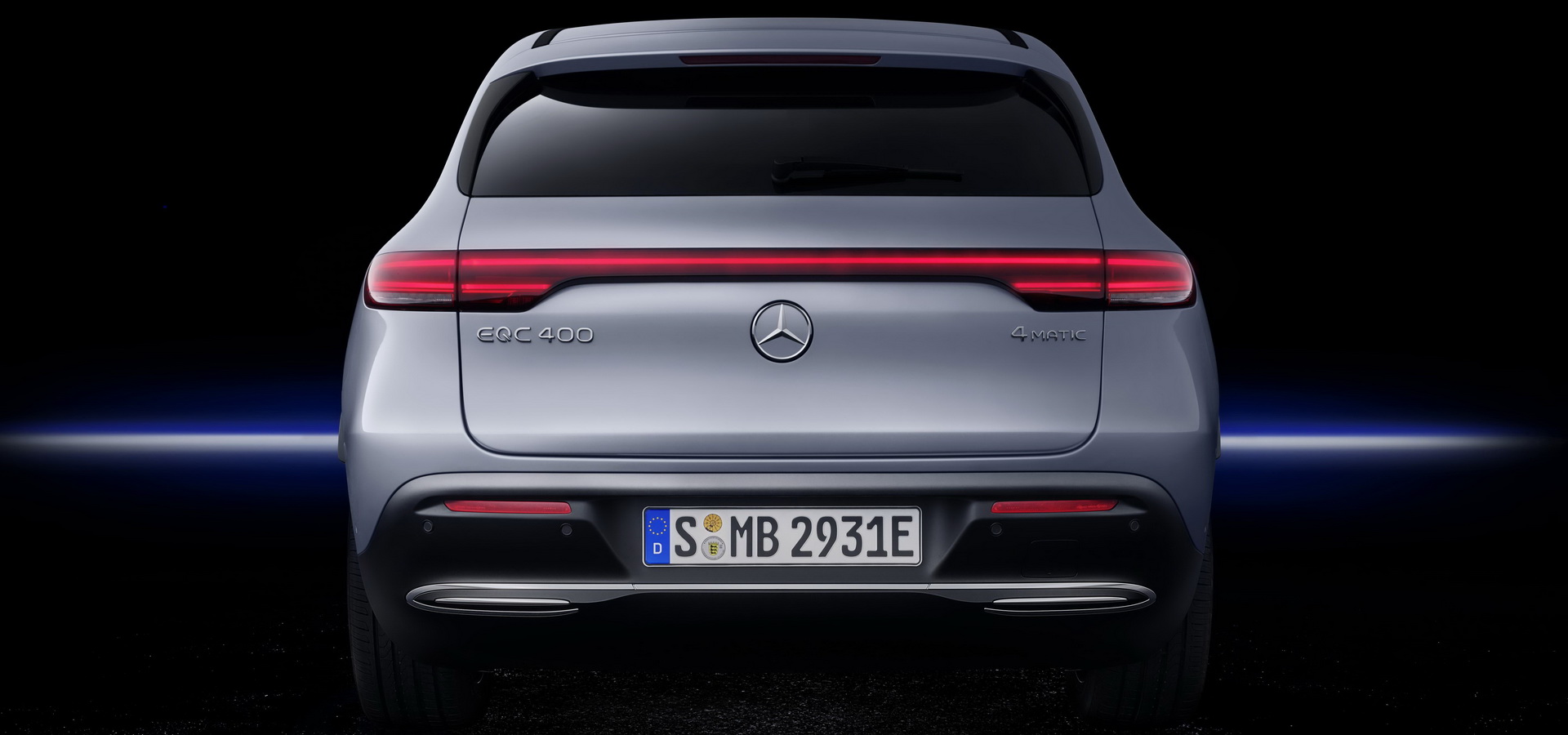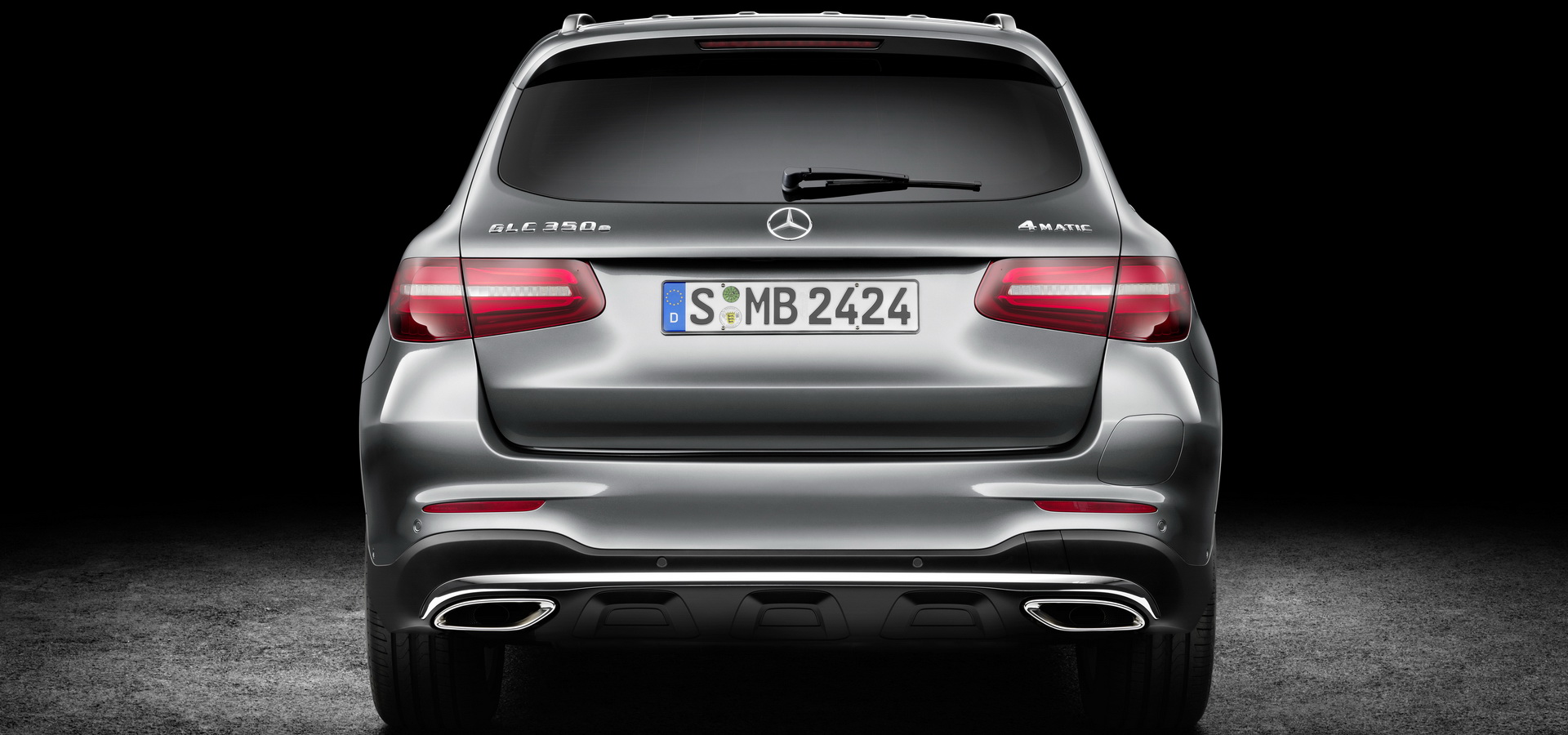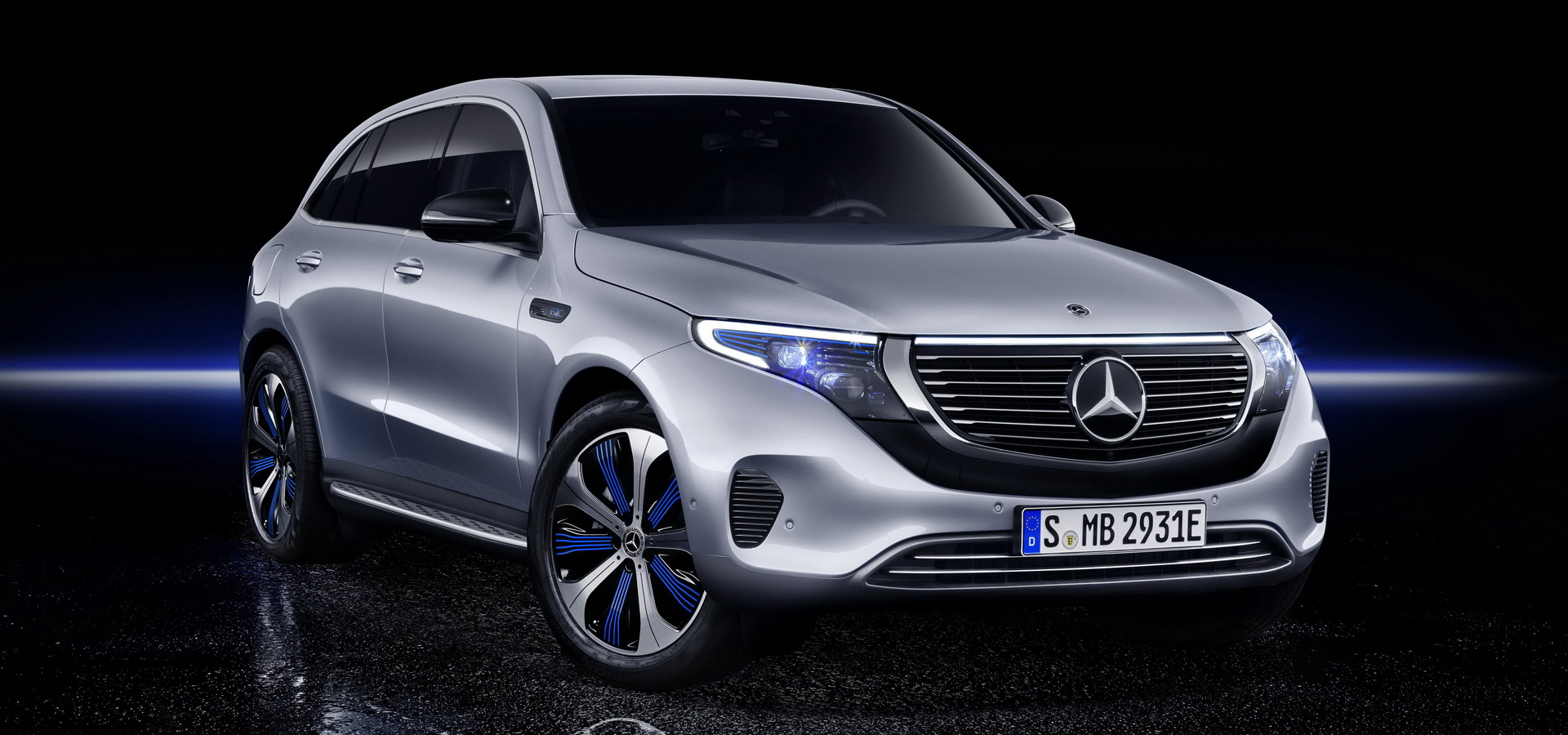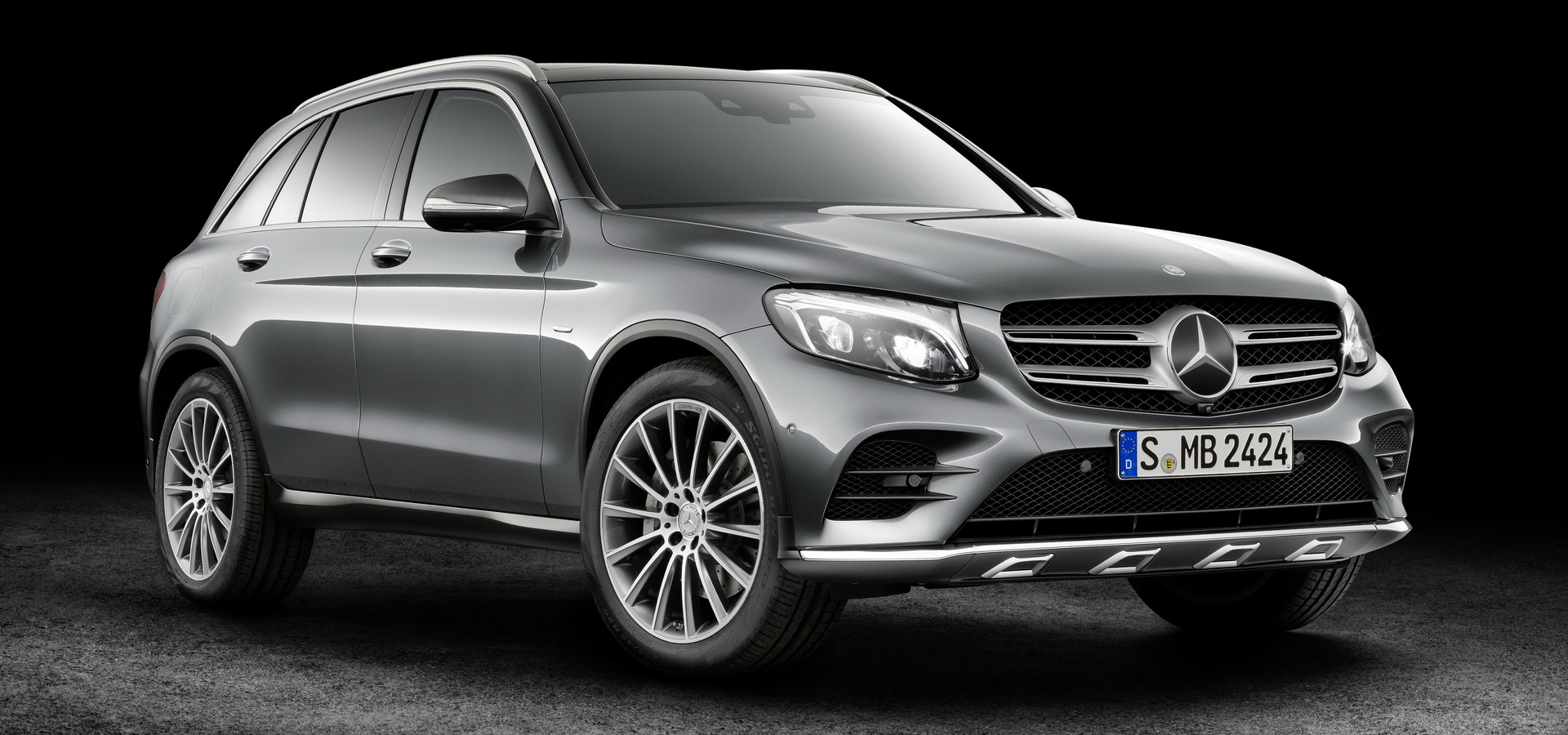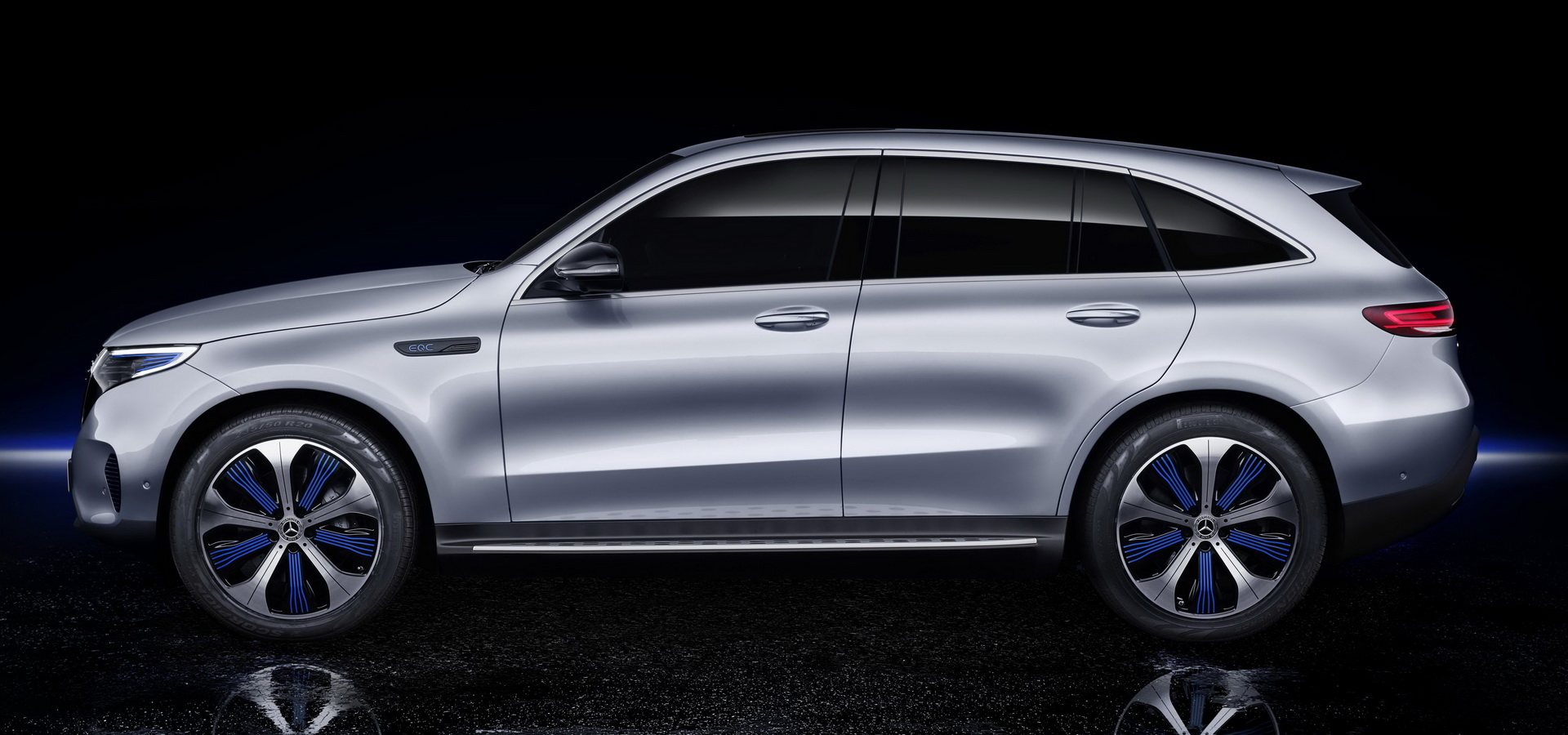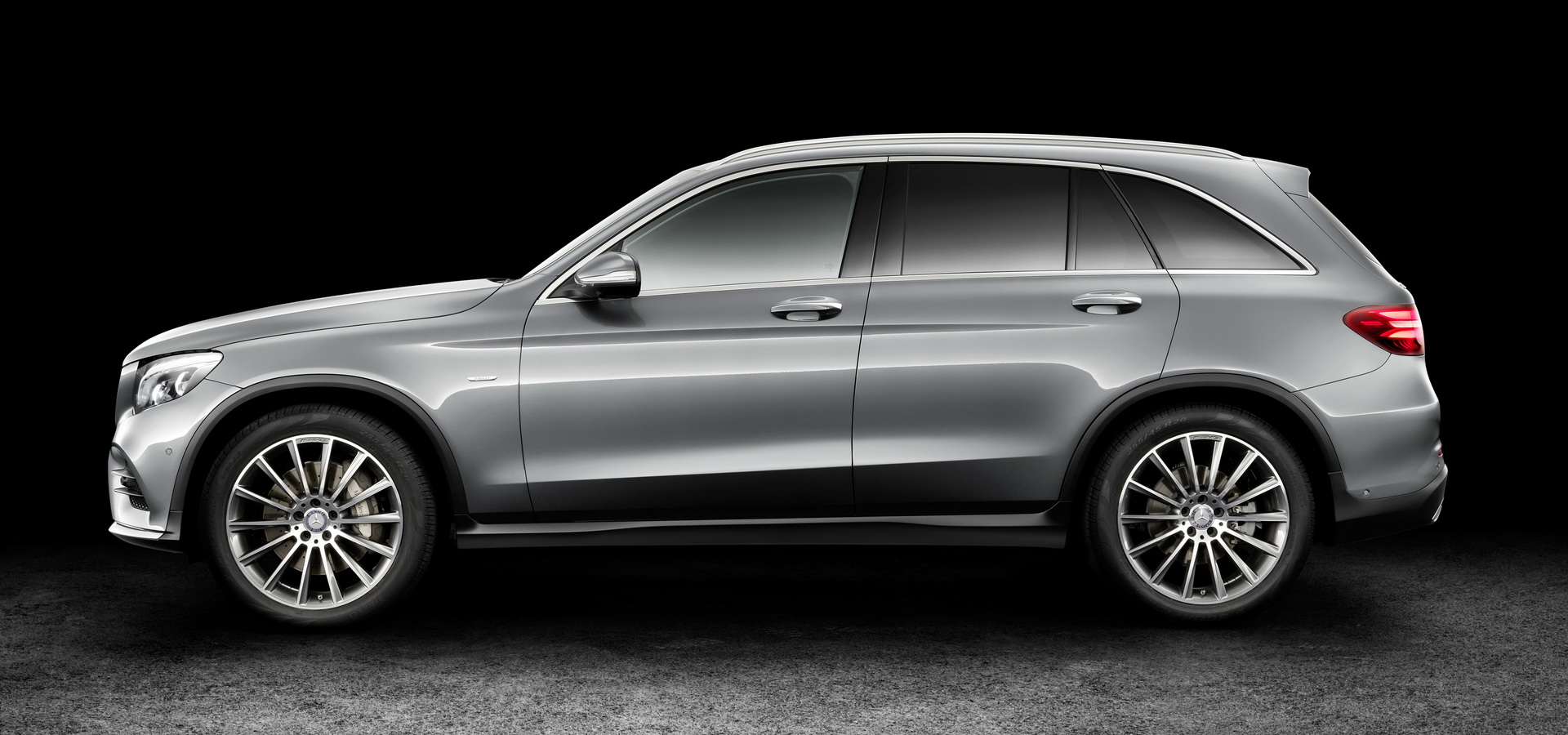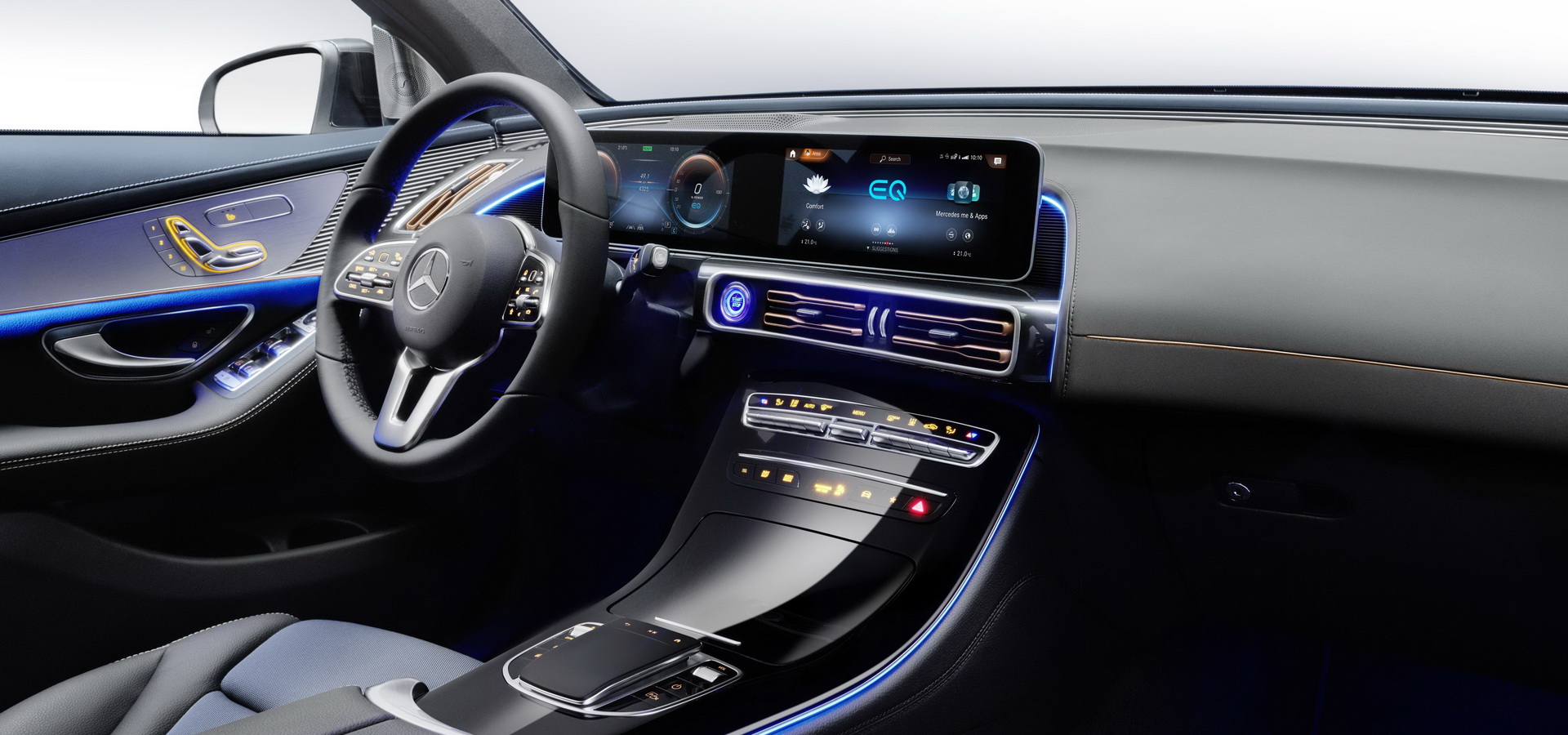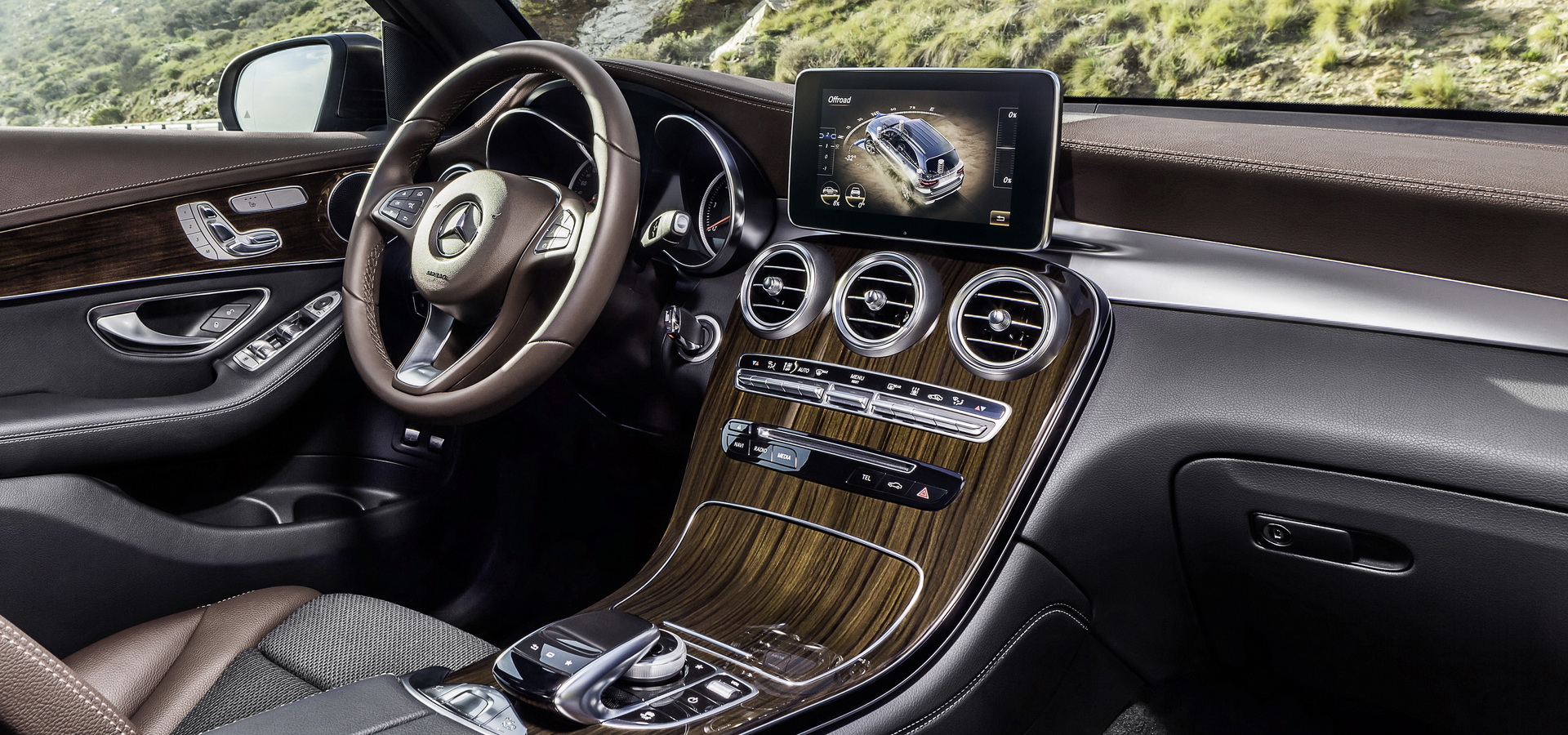We’re a little ways removed from Mercedes’ unveiling of their EQC crossover, a vehicle that ushers in a new era for the German automaker.
The EQC is meant to be efficient, practical, stylish and high-tech, while also offering its driver impressive levels of straight line performance, thanks to its dual electric motor powertrain, sending the wheels no less than 407 PS (402 HP) and 765 Nm (564 lb-ft) of torque.
On top of that, its 80 kWh battery pack will enable it to travel more than 450 km (279 miles) in-between charges, as per the New European Driving Cycle (NEDC).
Now, while potential EQC buyers might look at it as an alternative to the likes of the upcoming Audi E-Tron, Jaguar I-PACE and even the Tesla Model X to some extent, odds are there will be plenty of people who will ask themselves whether or not the EQC is actually worth buying over its ICE-powered doppelganger, the GLC.
Cut from the same cloth
It’s true that the EQC does try to differentiate itself from the GLC without completely alienating your typical Mercedes buyer. It has a very different aesthetic with a new design language, plus a more modern interior, something the GLC could definitely make use of.
Thing is, it’s also roughly the same size as the GLC, as the two crossovers share the same wheelbase at 2,873 mm (9.42 feet). As most of you know, wheelbase is one of the main factors that determines a specific model’s direct rivals, despite differences in price or tech – sometimes, even in length. And yes, of course Mercedes will try to steer the conversation away from the GLC, as far as the EQC is concerned, but it’s unlikely that prospective buyers will actually ignore the comparison.
Speaking of which, how do you think the two models compare from a visual stand point? Saying that the EQC is more modern makes perfect sense, however, we could also argue in favor of the GLC looking more rugged and tougher, even though not everyone cares about that sort of thing.
Who says ‘No’ to better tech?
The EQC comes with Mercedes’ latest three-spoke steering wheel, two gorgeous 10.25-inch displays, ambient lighting, rose gold air vent louvers and an altogether new upper dashboard design.
We have already established that Mercedes’ latest display tech is massively superior to their previous one, and from what we’ve seen so far, the facelifted version of the GLC will still feature the current model’s tablet style screen – albeit larger, like the one on the restyled C-Class.
Let’s talk money
This is where this “comparison” gets really interesting. Forget the newer tech in the EQC, forget its modern styling. Here’s the main issue: You will likely have to spend a whole lot more than what you would on a GLC in order to purchase one.
Yes, at this point, we’re only speculating, but given that Jaguar’s entry-level I-PACE costs almost twice as much as an entry-level GLC 220d 4MOTION, we see no reason why Mercedes would go with a more accessible price tag for the EQC – besides, it’s even got more power than the Jag.
If we continue to use the I-PACE as a benchmark here, let’s consider the fact that it costs upwards of $69,500 in the U.S., and £63,495 in the UK. Meanwhile, U.S. buyers only need to spend roughly $40,000 on a base-spec GLC 300, whereas those in the UK can opt for a GLC 220d 4MATIC, which is £35,795.
Let’s go with the GLC 220d 4MATIC and ask this question: How much money are you really saving by not having to feed your car petrol or diesel in the long run? Is it more than the £27,700 difference between the UK’s entry-level GLC and the Jaguar I-PACE? The answer is clearly ‘No’. And again, there is little chance Mercedes won’t price the EQC relatively similarly to its Jaguar rival.
Whichever way you spin it, opting for the EQC as opposed to a diesel-powered GLC just doesn’t make a great deal of sense financially. Even if you want an electric car in order to safeguard the environment, you’re still overpaying for a technology that’s bound to get cheaper as long as automakers keep making breakthroughs (and sales). On top of that, entry-level EQC models don’t even have all-wheel drive, which means you would have to spend even more in order to drive a “proper” crossover.
As for performance, if you want to edge out the EQC in a 0-100 km/h (62 mph) sprint, you can do so with the Mercedes-AMG GLC 43 version, which should still set you back less than its newer and fully electric counterpart.
To conclude, I’d like to say that I’m not hating on the EQC. I’m just trying to consider what a compact SUV buyer would do if they were in the market for a premium product. Would they just blatantly overspend (cannot stress this enough) on a slightly more modern, all-electric version of the GLC, or go for a reasonably priced frugal version of the latter? Seems like a no-brainer on this end.



